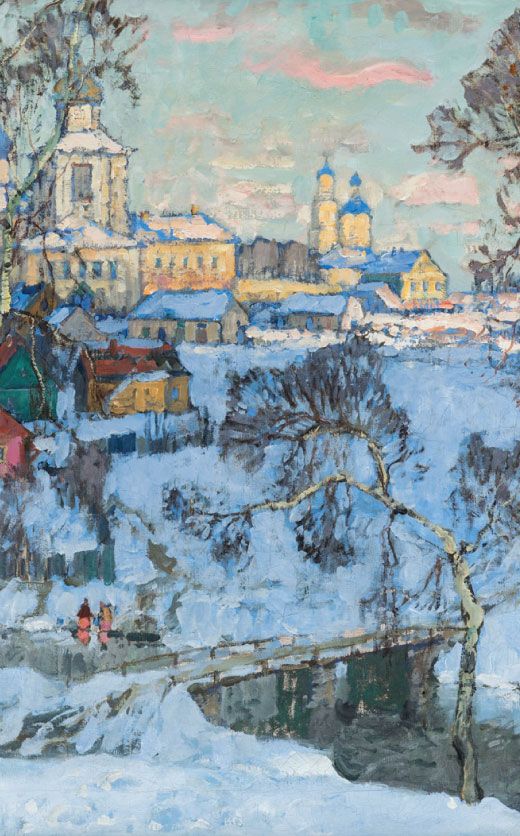Massim PNG Wood Canoe Rajim Splashboard Prow
Lot 12
About Seller
Artemis Fine Arts
686 S Taylor Ave, Ste 106
Louisville, CO 80027
United States
Selling antiquities, ancient and ethnographic art online since 1993, Artemis Gallery specializes in Classical Antiquities (Egyptian, Greek, Roman, Near Eastern), Asian, Pre-Columbian, African / Tribal / Oceanographic art. Our extensive inventory includes pottery, stone, metal, wood, glass and textil...Read more
Categories
Estimate:
$1,500 - $2,500
Starting Bid
$650
Absentee vs Live bid
Two ways to bid:
- Leave a max absentee bid and the platform will bid on your behalf up to your maximum bid during the live auction.
- Bid live during the auction and your bids will be submitted real-time to the auctioneer.
Bid Increments
| Price | Bid Increment |
|---|---|
| $0 | $25 |
| $300 | $50 |
| $1,000 | $100 |
| $2,000 | $250 |
| $5,000 | $500 |
| $10,000 | $1,000 |
| $20,000 | $2,500 |
| $50,000 | $5,000 |
| $100,000 | $10,000 |
| $200,000 | $20,000 |
About Auction
By Artemis Fine Arts
Aug 22, 2025
Set Reminder
2025-08-22 10:00:00
2025-08-22 10:00:00
America/New_York
Bidsquare
Bidsquare : Indigenous Art - Ralph T. Coe Center, Santa Fe, NM
https://www.bidsquare.com/auctions/artemis-gallery/indigenous-art---ralph-t-coe-center-santa-fe-nm-20324
Featuring works of art from the Ralph T. Coe Center for the Arts in Santa Fe, New Mexico, a non-profit focused on promoting Indigenous Arts globally. All proceeds from the sale of these items will support future grants to Rehoming Program participants. Artemis Fine Arts info@artemisfinearts.com
Featuring works of art from the Ralph T. Coe Center for the Arts in Santa Fe, New Mexico, a non-profit focused on promoting Indigenous Arts globally. All proceeds from the sale of these items will support future grants to Rehoming Program participants. Artemis Fine Arts info@artemisfinearts.com
- Lot Description
Oceania, Eastern Papua New Guinea, Trobriand Islands, Massim peoples, ca. early 20th century CE. A carved canoe splash board, known locally as a rajim, shaped from a single piece of wood, this sculptural prow ornament was once mounted at the front of a seagoing canoe, directly behind the tabuya or wave divider. Its purpose extended far beyond utility: while it helped deflect water, the rajim also embodied potent spiritual protections for long-distance Kula voyages - ceremonial trade journeys central to Massim cultural life. Painted in natural pigments of red, black, and white, the board is adorned with deeply incised curvilinear designs, symbolic motifs, and twin anthropomorphic figures at the crest - possibly ancestral in nature. Stylized birds and snakes are carved into the upper edge and one the volute lobes, while the pierced edges were once adorned with shells such as cowrie to enhance both beauty and power. According to tradition, these boards were ritually blessed with magic before departure, to protect the crew. Size: 24" W x 28.75" H (61 cm x 73 cm)
Provenance: Ralph T. Coe Center for the Arts, Santa Fe, New Mexico, USA; acquired in 1999 from Taylor Dale (TAD) Gallery, Santa Fe, New Mexico, USA.
All items legal to buy/sell under U.S. Statute covering cultural patrimony Code 2600, CHAPTER 14, and are guaranteed to be as described or your money back.
A Certificate of Authenticity will accompany all winning bids.
We ship worldwide and handle all shipping in-house for your convenience.
#195940Good condition. Stable pressure fissure near the base. Small piece of splintered wood on back of board that could easily break off, but will not affect presentation or structure of board. Some fading to pigments, but overall well preserved!Condition
- Shipping Info
-
All shipping is handled in-house for your convenience. Your invoice from Artemis Fine Arts will include shipping calculation instructions. If in doubt, please ask before bidding for estimated shipping costs for individual items.
-
- Buyer's Premium



 EUR
EUR CAD
CAD AUD
AUD GBP
GBP MXN
MXN HKD
HKD CNY
CNY MYR
MYR SEK
SEK SGD
SGD CHF
CHF THB
THB













